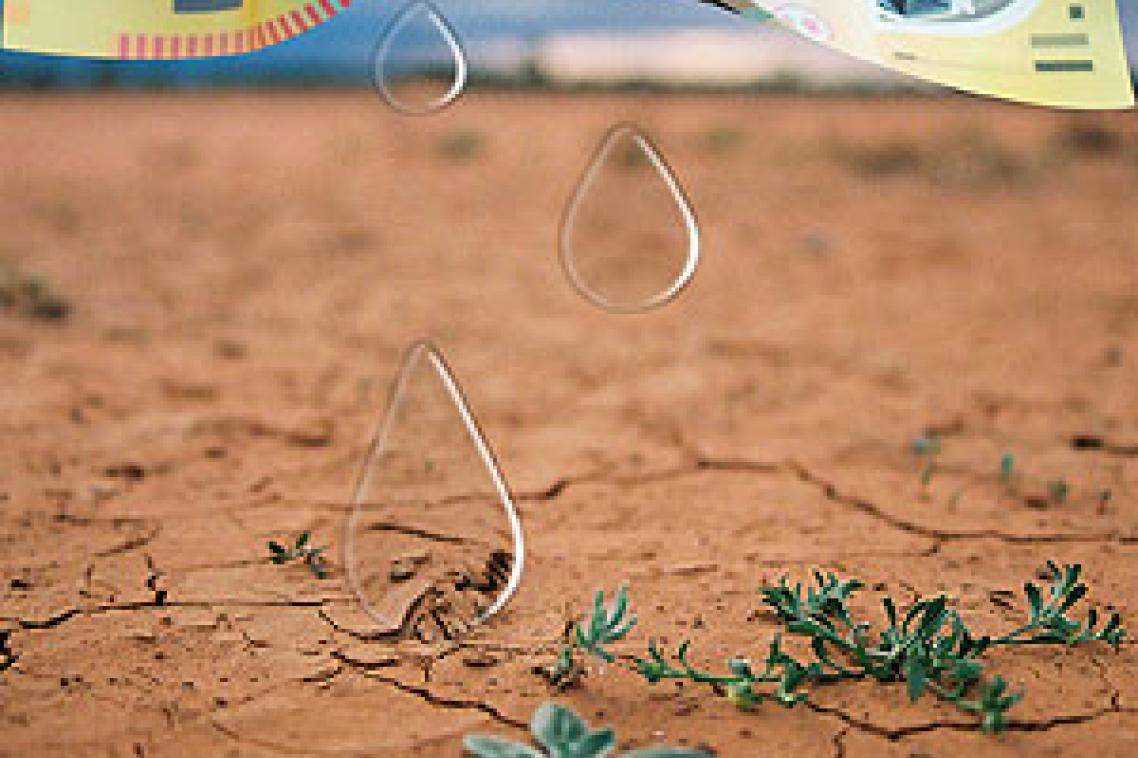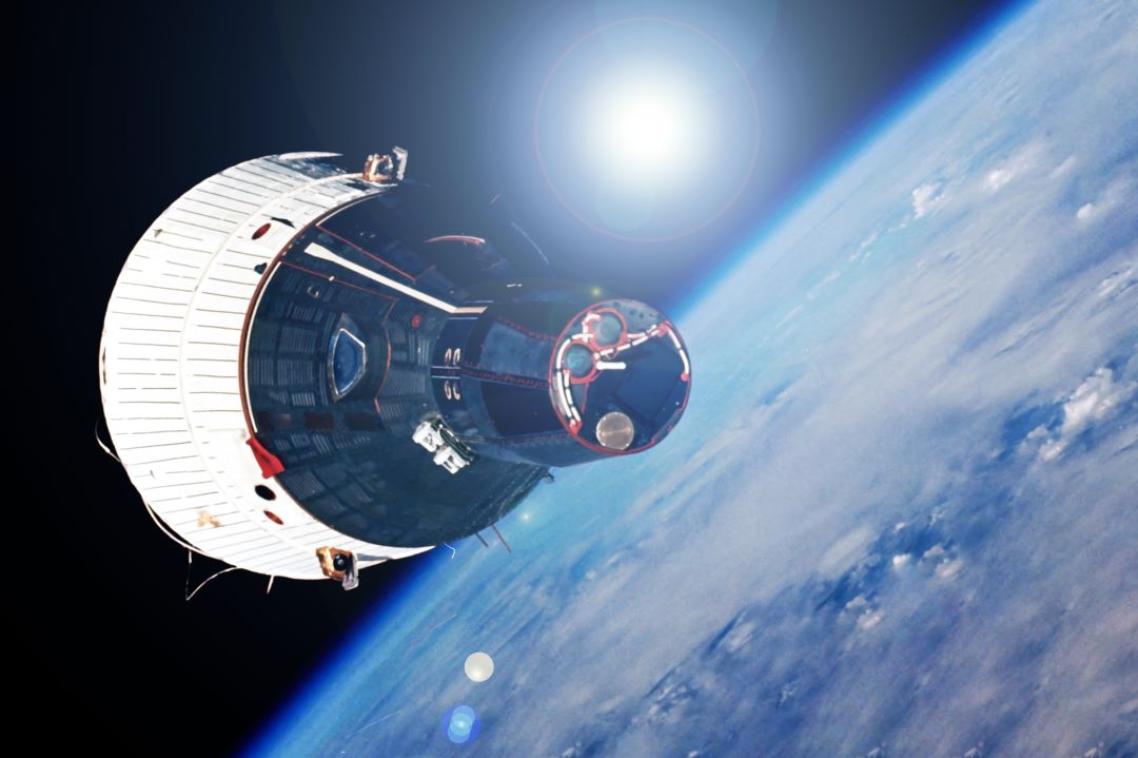UQ researchers find a price on carbon could benefit farmers

Scientists at UQ, in collaboration with JCU, may have found a way to offset up to 2.5 percent of Australia’s annual greenhouse gas emissions and secure economic benefits for regional communities.
A recent study found that reducing grazing pressure in Eastern Australia’s mulga lands would result in an increase in groundcover and water infiltration and retention capacity in the soil, and have the added benefit of reducing the amount of CO2 in the atmosphere and storing it in soils and plants.
“The results of this research could lead to alternative land uses in the outback which can increase the social, economic and environmental resilience in those areas” said Dr Bradd Witt, lead investigator on the project.
“If carbon was to be priced appropriately vast improvements could be made to the management of some agricultural lands, potentially benefiting the environment and regional communities”.
Quantifying the amount of carbon that can be absorbed by a particular environment allows farmers to calculate how much CO2 can be removed from the atmosphere by simply rezoning their land.
If the government were to introduce a price on carbon alongside their carbon tax, the financial incentive for farmers to change the use of their land from grazing to carbon sinks could see Australia reduce its carbon emissions significantly.
Research of this type has been limited in Australia, but with the proposed carbon tax a hot topic of discussion in parliament, its implications are significant for the Australian economy.
The potential to sequester carbon and improve biodiversity outcomes in extensive semi-arid grazing lands will require significant policy shifts to encourage and reward necessary landuse change.
The project came into being after the researchers noticed a lack of knowledge on the carbon sequestration potential of the dry areas of Australia, and the potential for land use change to provide greater economic resilience to communities in these regions with the implementation of a price on carbon.
The group of scientists believes that further research extended across a variety of environments is needed to ensure an accurate picture is provided for policy makers.
The investigation team includes Dr Bradd Witt and Associate Professor Bob Beeton from the School of Geography, Planning and Environmental Management, Professor Neal Menzies from the School of Agriculture and Food Sciences from UQ and Professor Michael Bird (JCU) and his PhD student Michelle Venter.
Media: Bradd Witt (07 3365 6005, bwitt@uq.edu.au) or Kate Swanson (07 3346 7406, k.swanson@uq.edu.au)
Related articles

Thousands of Queensland reef photos lead to worldwide change

UQ to conduct world-first tests into magnetic heat shields to improve spaceship re-entry
Media contact
UQ Communications
communications@uq.edu.au
+61 429 056 139
